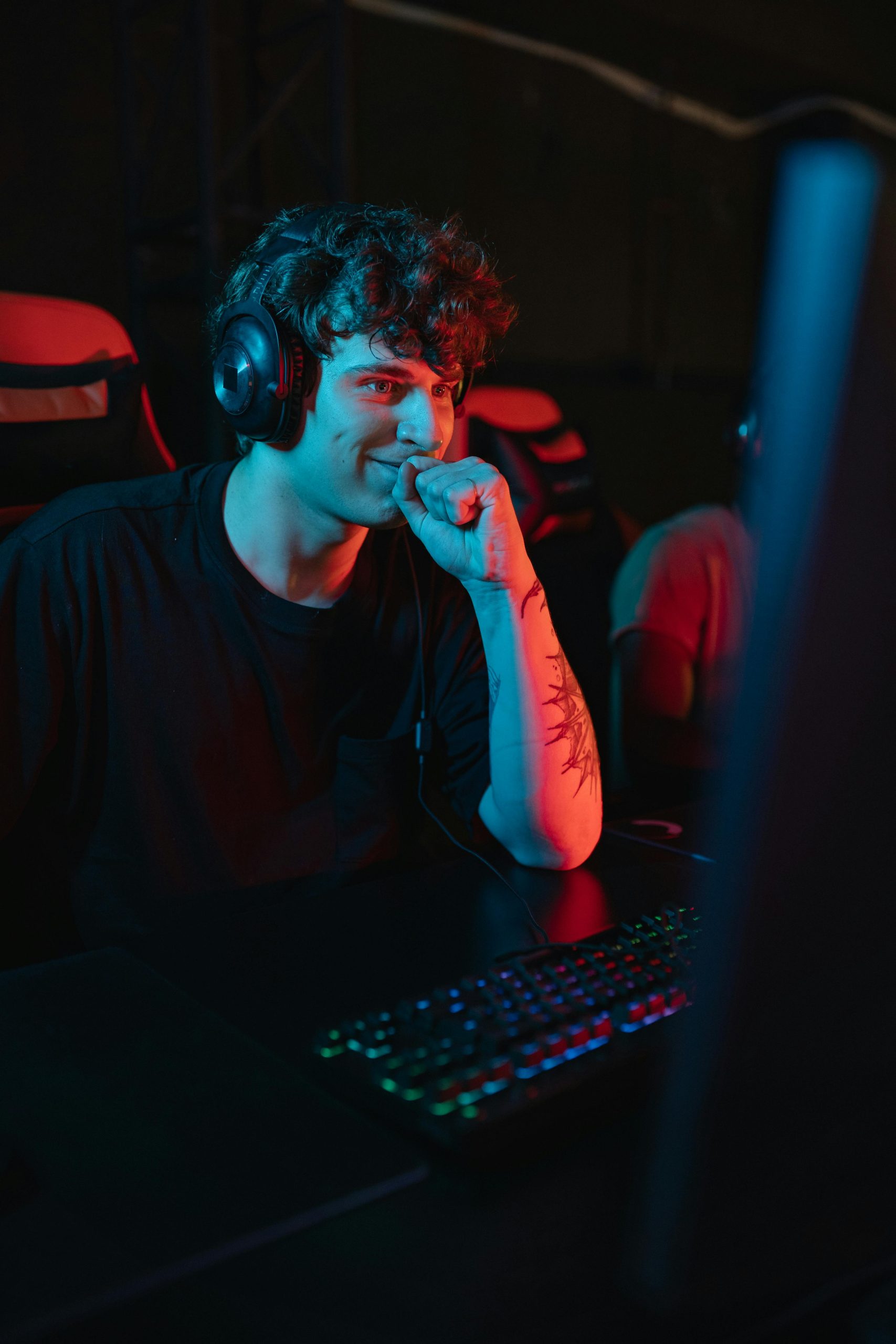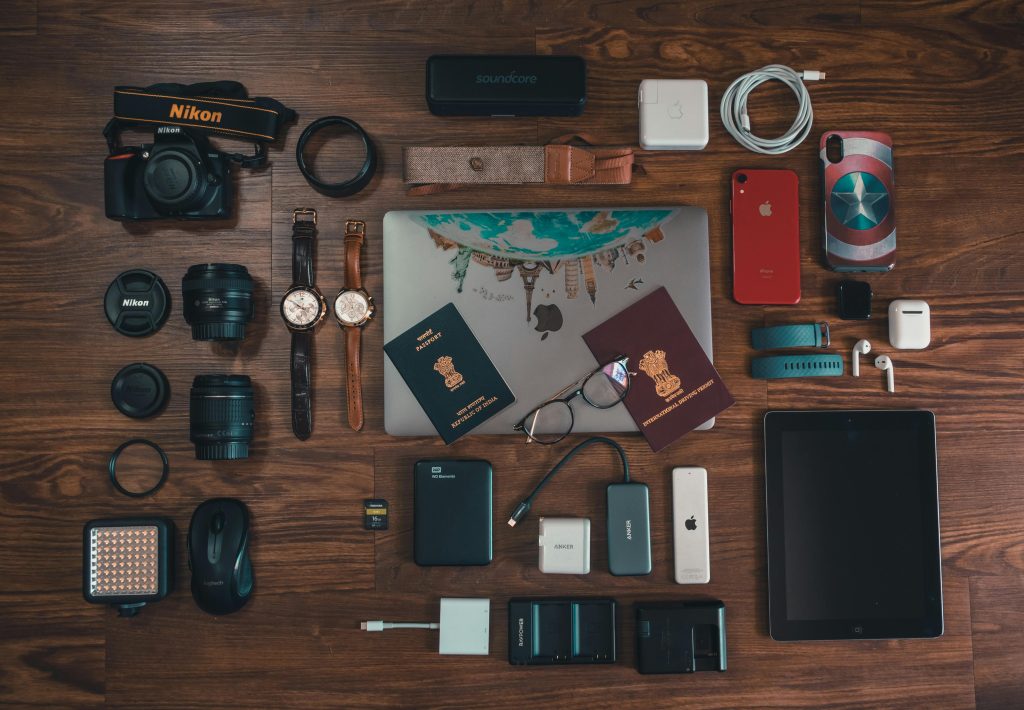Troubleshooting Monitor Connection Issues with a Custom Gaming PC: Common Causes and Solutions
Building or purchasing a gaming PC can be an exciting experience, but it sometimes comes with technical challenges—especially for users unfamiliar with computer hardware. One common issue faced by newcomers is connectivity between the PC and a monitor. If you’re experiencing trouble getting your new gaming PC to display on your monitor, understanding potential causes and solutions can make the troubleshooting process smoother.
In this article, we’ll review a typical scenario involving connection issues, focusing on potential DVI-to-HDMI compatibility problems, and provide professional guidance to help you resolve them efficiently.
Case Overview
Imagine you’ve recently acquired a gaming PC equipped with the following specifications:
- Processor: AMD Ryzen 7 1700X (Eight-Core)
- Graphics Card: NVIDIA GeForce GTX 1070 Ti
- Memory: 16GB RAM
Along with your PC, you’ve purchased a new monitor, specifically the HP Series 527sa, which features HDMI connectivity. Despite confirming that both the monitor and the PC are operational—your monitor’s HDMI port has been tested with a laptop, and the PC has been confirmed working by the previous owner—the display isn’t appearing when you power up the system.
You’ve attempted various connections, including:
- Connecting the PC to the monitor using a DVI-to-HDMI cable (DVI on PC side, HDMI on monitor side)
- Using a standard HDMI cable on different ports on both devices
Despite these efforts, the monitor remains blank.
Common Causes and Diagnostic Steps
-
Check the Connection Cables and Ports
-
Ensure that cables are securely connected without damage.
- Confirm that the HDMI cable isn’t faulty by testing it with another device.
-
If using a DVI-to-HDMI adapter or cable, verify that the adapter is functioning correctly.
-
Confirm the Correct Input Source
-
Use the monitor’s on-screen display (OSD) menu to select the appropriate input (e.g., HDMI, DVI).
-
Some monitors automatically detect the input, but manual selection ensures proper recognition.
-
Verify Graphics Card Output and Settings
-
Make sure the PC is powered on and the graphics card is functioning.
- Check for any onboard or discrete graphics settings in the BIOS.
-
Verify if the graphics drivers are installed; if not, the card might not output signals properly.
-
Consider Compatibility and Conversion Issues
-
DVI-to-HDMI
Share this content:



